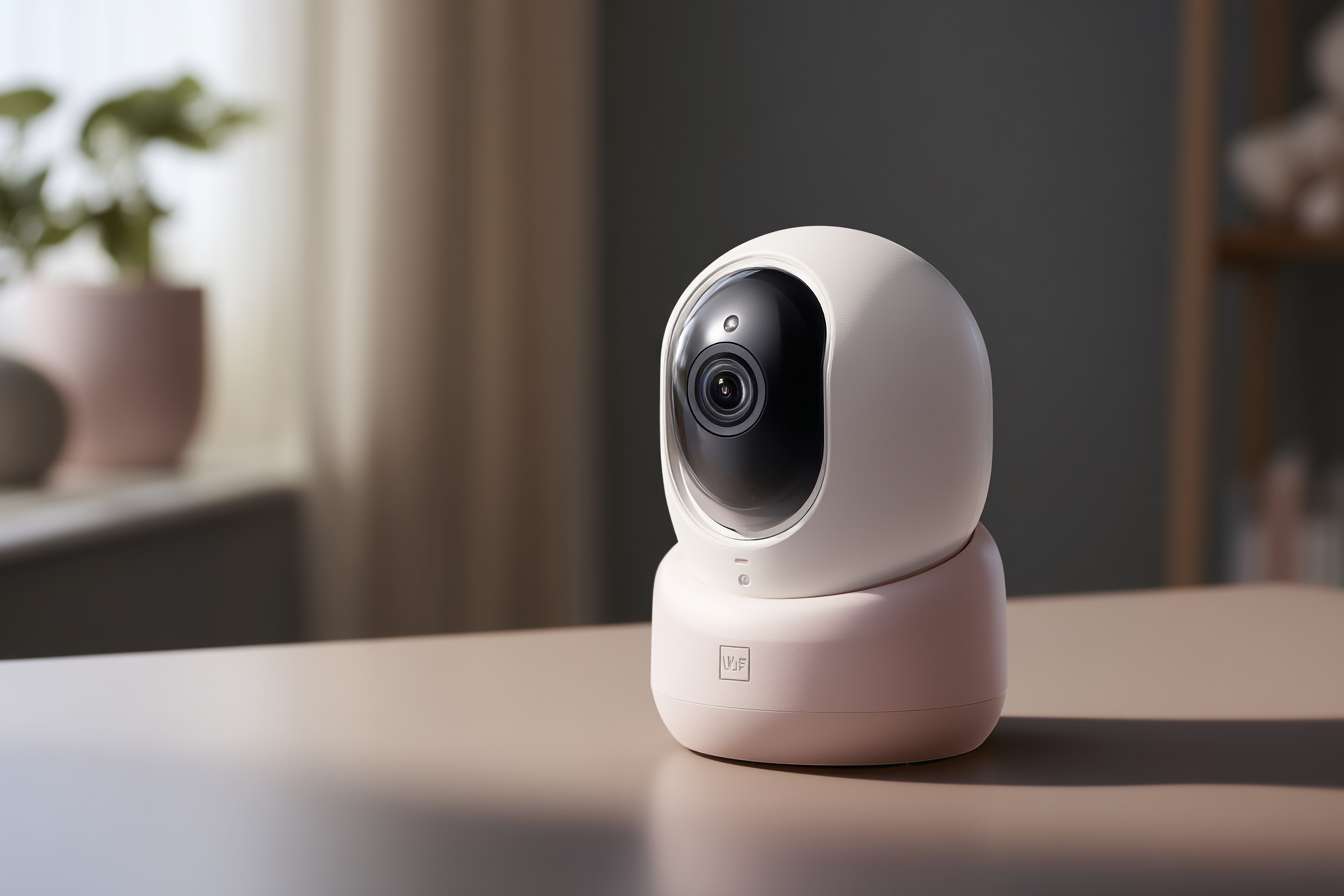Residential Security Systems: Key Considerations for Better Protection
Residential security systems come in many forms, from basic alarms to fully integrated smart setups. This guide reviews the main factors homeowners should consider—such as equipment types, monitoring options, and system scalability—when planning effective home protection.

Evaluating Your Home Security Needs and Risk Factors
Before investing in a residential security system, it’s important to assess your specific security requirements based on several factors. Consider your neighborhood’s crime statistics, property layout, and personal vulnerabilities. Homes with multiple entry points may require more sensors and cameras, while those in remote areas might benefit from cellular backup systems that function during power or internet outages. Family composition also plays a role—households with children, elderly members, or individuals with special needs may require additional features like medical alert capabilities or simplified user interfaces. Conducting a thorough risk assessment, potentially with the help of a security professional, can identify vulnerable areas and help prioritize security measures that address your particular circumstances.
Essential Equipment Components for Comprehensive Home Protection
A well-designed home security system typically includes several key components working together to provide layered protection. Door and window sensors form the first line of defense by detecting unauthorized entry attempts. Motion detectors offer additional protection by identifying movement inside the home when the system is armed. Security cameras provide visual verification of alerts and can serve as both deterrents and evidence collection tools. Control panels or hubs serve as the central nervous system, while sirens and alarms create audible alerts to deter intruders and notify residents of potential breaches. Additional equipment might include glass break sensors, smoke and carbon monoxide detectors, water leak sensors, and temperature monitors that expand protection beyond intrusion prevention to include environmental hazards.
Smart Integration Features and Remote Monitoring Options
Modern security systems increasingly incorporate smart technology that enhances their functionality and user convenience. Wi-Fi and cellular connectivity allow systems to communicate with monitoring centers and user devices without relying solely on landline connections. Mobile applications provide remote system control, enabling homeowners to arm or disarm systems, view camera feeds, and receive real-time notifications from anywhere. Voice control integration with platforms like Amazon Alexa, Google Assistant, or Apple HomeKit offers hands-free operation. Many systems can also integrate with other smart home devices such as lighting, thermostats, and door locks, creating automated routines that enhance both security and convenience. For example, lights can be programmed to turn on when motion is detected, or doors can automatically lock when the security system is armed.
Professional vs. Self-Monitoring Considerations
When selecting a residential security system, one of the most significant decisions is choosing between professional monitoring services and self-monitoring options. Professional monitoring provides 24/7 oversight by trained personnel who can dispatch emergency services when alarms are triggered, even if you’re unavailable or unaware of the situation. This service typically requires monthly subscription fees but offers peace of mind and potentially faster emergency response. Self-monitoring places responsibility on the homeowner to respond to alerts and notifications through mobile apps or email. While this option eliminates monthly monitoring fees, it requires constant accessibility to notifications and the ability to assess and respond to potential security breaches. Some systems offer hybrid approaches with optional professional monitoring or on-demand monitoring services for specific events or timeframes.
Installation Methods and System Reliability Factors
Residential security systems can be installed professionally or as do-it-yourself (DIY) projects, each with distinct advantages. Professional installation ensures proper equipment placement, system testing, and user training but typically comes at an additional cost. DIY installation offers cost savings and flexibility but requires technical comfort and careful planning to ensure effective coverage. System reliability depends on multiple factors including power backup options, communication redundancy (Wi-Fi, cellular, landline), and tamper protection measures. Battery backup ensures continued operation during power outages, while cellular backup maintains monitoring capabilities if internet service is disrupted. Regular system testing and maintenance help identify and address potential issues before they compromise security effectiveness.
Common Home Security System Providers and Features
The residential security system market includes established providers and newer entrants offering various equipment packages and monitoring services. Understanding the differences can help homeowners make informed decisions.
| Provider | Equipment Options | Monitoring Type | Notable Features | Estimated Monthly Cost |
|---|---|---|---|---|
| ADT | Door/window sensors, motion detectors, cameras, control panels | Professional | 24/7 monitoring centers, cellular backup, professional installation | £30-£60 |
| SimpliSafe | Entry sensors, motion sensors, cameras, glass break detectors | Professional or self-monitoring | No long-term contracts, wireless equipment, DIY installation | £15-£25 |
| Ring | Video doorbells, cameras, door/window sensors, alarms | Professional or self-monitoring | Video verification, integration with Amazon devices, DIY installation | £10-£20 |
| Yale | Smart locks, alarm systems, cameras, video doorbells | Self-monitoring | Lock automation, integration with smart home platforms, modular system | £0-£15 |
| Verisure | Door/window sensors, motion detectors, cameras with fog barriers | Professional | Rapid response teams, shock sensors, smoke detection | £40-£60 |
Prices, rates, or cost estimates mentioned in this article are based on the latest available information but may change over time. Independent research is advised before making financial decisions.
Balancing Security Needs with Privacy Concerns
As residential security systems become more sophisticated, they also raise important privacy considerations that homeowners should address. Camera placement should respect both household members’ privacy and neighbors’ reasonable expectations. Data storage policies vary significantly between providers, with some storing footage in the cloud indefinitely while others offer local storage options or automatic deletion after specified periods. Understanding how your security system collects, transmits, and stores data is essential for maintaining privacy while achieving desired protection levels. Additionally, strong password practices, regular firmware updates, and two-factor authentication help prevent unauthorized access to your security system and the sensitive information it contains. Striking the right balance between comprehensive monitoring and privacy protection ensures that your security system enhances safety without compromising personal boundaries.




